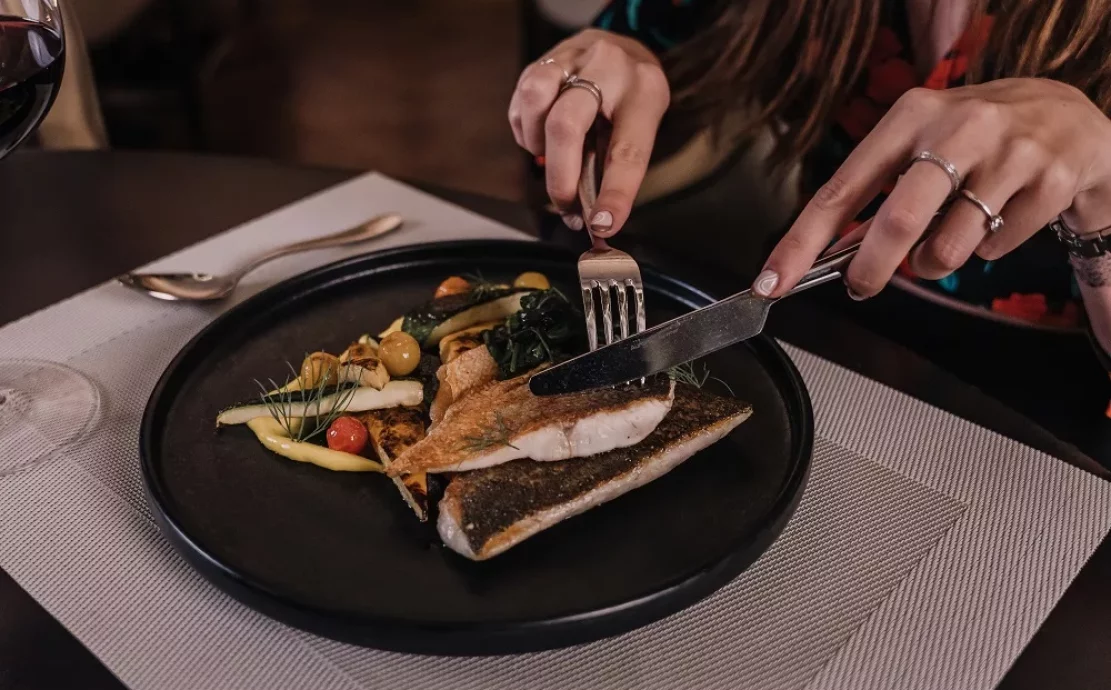For kitchen professionals, the culinary masterpiece known as en crote is a testament to both skill and elegance. Whether it's a beef Wellington, salmon en crote, or a vegetable-filled pastry, slicing these dishes perfectly is crucial to presenting them in all their glory. The main challenge? Ensuring that each slice maintains the integrity of its delicate pastry shell and the savory contents within. In this guide, we'll delve into the intricacies of how to slice en crote dishes with finesse, ensuring that each serving is as visually appealing as it is delicious.

Understanding the En Crote Technique
Before we embark on the slicing journey, it's essential to understand what makes a dish en crote special. The term 'en crote' refers to a cooking method where ingredients are wrapped in a pastry crust. This technique not only seals in flavors but also adds a delightful textural contrast between the crispy outer layer and the tender interior. For more on how to master knife skills to eat politely, visit knife skills for eating meat politely.
Essential Tools for Slicing En Crote
Having the right tools is paramount when learning how to slice en crote dishes. A sharp, serrated knife is your best friend in this endeavor. The serrated edge allows you to cut through the flaky pastry without crushing it, preserving the dish's presentation. Additionally, a cutting board with a non-slip surface will provide stability, preventing any slippage that could lead to uneven slices.
Step-by-Step Guide to Perfect Slicing
- Let it Rest: Once your en crote dish is out of the oven, resist the urge to slice immediately. Allowing it to rest for about 10-15 minutes will help the juices redistribute, preventing them from running out when cut.
- Choose Your Knife: Opt for a serrated knife. Its saw-like teeth grip the pastry, making it easier to slice without squashing.
- Use a Gentle Sawing Motion: Instead of pressing down, use a gentle back-and-forth sawing motion. This technique will cut through the pastry cleanly.
- Consistency is Key: Aim for even slices, around 1 to 1.5 inches thick. Consistent sizing ensures each portion is uniform in appearance and portion size.
Common Mistakes to Avoid
Even seasoned chefs can encounter pitfalls when slicing en crote. Here are some common mistakes and how to avoid them:
- Too Much Pressure: Applying too much pressure while cutting can crush the pastry. Remember, a light touch is all you need.
- Using the Wrong Knife: Avoid straight-edged knives, as they can tear the pastry rather than slice through it.
- Skipping the Resting Period: Slicing too soon can result in a soggy bottom and a loss of juices, which are crucial for flavor.
Perfect Presentation: Plating Your En Crote
Once you've mastered how to slice en crote dishes, the next step is plating. Arrange the slices on a warm plate, fanned out slightly to showcase the layers. Pair with a complementary sauce drizzled artfully around the plate, and garnish with fresh herbs for a pop of color. For more on dining etiquette, check out dining etiquette.
Enhancing the Dining Experience
Beyond the kitchen, understanding the nuances of dining etiquette can enhance the overall experience of enjoying an en crote dish. From the proper use of cutlery to the art of savoring each bite, every detail counts. Explore more about table manners for a well-rounded experience.

Frequently Asked Questions
What is the ideal knife for slicing en crote?
A serrated knife is ideal due to its ability to cut through pastry without crushing it.
Why is resting the dish important before slicing?
Resting allows the juices to redistribute, preventing them from spilling out and ensuring a moist, flavorful dish.
Can en crote dishes be sliced ahead of time?
While it's best to slice just before serving to maintain texture, pre-slicing can be done if necessary, but it may affect the pastry's crispness.
This article contains affiliate links. We may earn a commission at no extra cost to you.


























